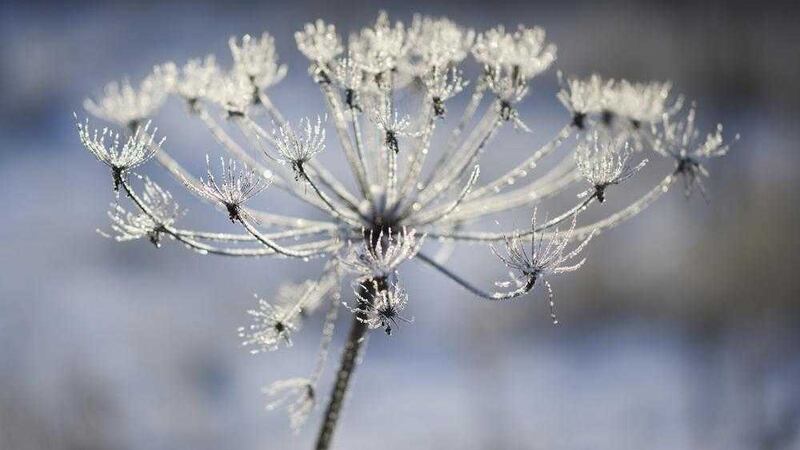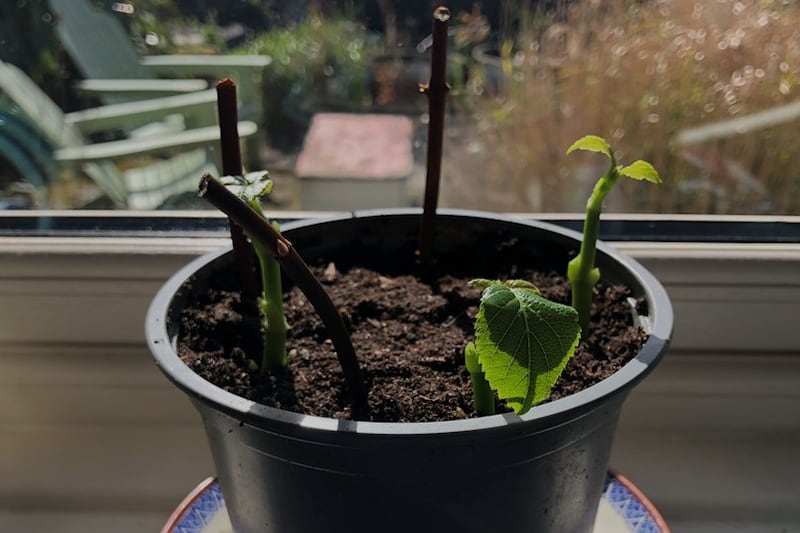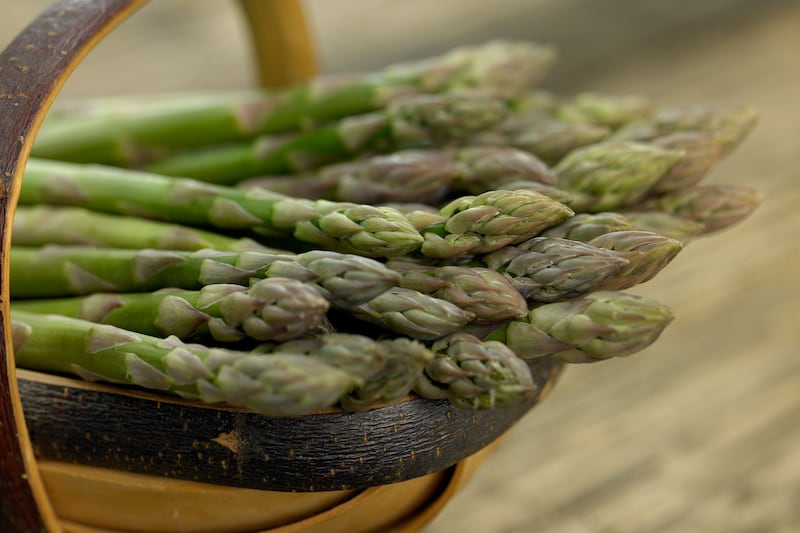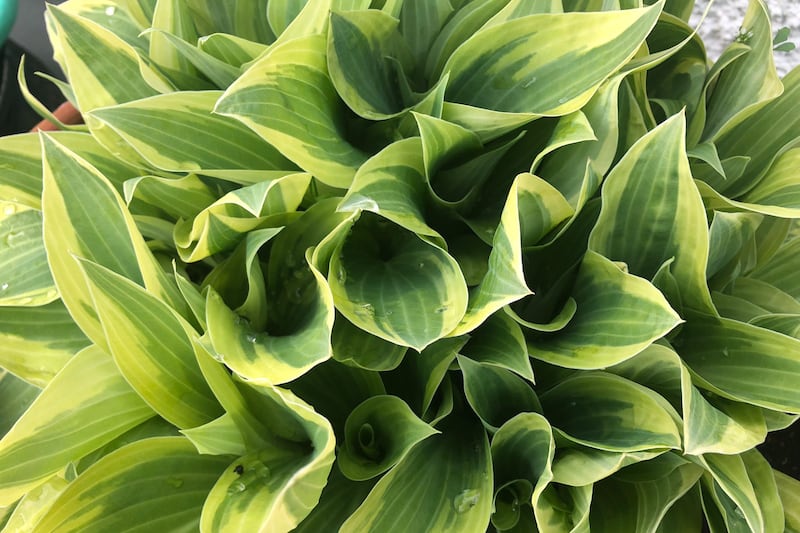THE last thing I want to do is talk about the weather but needs must. Ordinarily it’s a subject we turn to when making small talk; it’s for those occasions when you share nothing obvious in common with somebody yet feel obliged to make conversation. And while everyone isn’t necessarily an expert in it – including many TV weathermen and weatherwomen – it’s a subject we all have a lifetime’s experience of.
But in January I’d much rather be using this space to mention the first of the yellow crocuses ready to burst into flower on the lawn or discussing the merits of various sweet pea germination techniques. Instead I’m preoccupied by the weather.
As noted in last week’s similarly themed column, recent conditions – a combination of rain, wind and relatively mild temperatures, in case you need reminding – has rinsed many of the nutrients from the soil, while at the same time enabling weeds to enjoy an unseasonal spurt of growth. This ‘perfect storm’ of mild temperatures and blustery rain also renders the earth sticky and unworkable, turns pathways into quagmires, and in some cases has daffodils and rhodedendron blooming months early.
Other downsides include the possibility that the prolonged mild weather may prompt fruit trees, such as apples, pears and blackcurrants, to flower early in March or April, leaving them susceptible to frost that will destroy their blossom. And as we all know, without the blossom, they will not bear fruit.
On the other side of the coin, the garden needs freezing conditions as part of its annual cycle. Yet I could easily count the number of frosty mornings we’ve had so far this winter on one hand, while the pond or half-barrel mini-ponds on the patio have yet to freeze over.
Gardeners are supposed to fear frosts, yet they help change the structure of our soil by breaking it down into a tilth that’s desirable to roots and consequently gardeners. Sub-zero temperatures also help kill off many viruses and bacteria that dwell in the soil, while ensuring the eggs of aphids, slugs and snails are naturally culled.
The mild, wet weather is also favoured by fungal diseases like black spot and canker that are ordinarily blitzed by sustained cold. Blight too is usually curbed by winter’s chill, so perhaps this isn’t the year to try your luck with main crop potatoes.
As if all that wasn’t bad enough we can also bemoan the dearth of cold and crisp wintry mornings on an aesthetic level too. I’ve been known to describe snow as akin to ‘beer goggles’ for looking at Ireland’s countryside, as it hides all the eyesores, and a hoar frost in the garden works in a similar way. On a still, freezing morning, when there’s bright winter sunlight, the needle-like crystals of the hoar frost shine like a thousand diamonds.
This winter wonderland borne on the branches and foliage of shrubs and the dead skeletons of herbaceous perennials is an additional reason not to tidy up your beds and borders before winter – the first reason being that they provide a home for overwintering wildlife.
Architectural plants – those whose main selling point isn’t colour, scent or wildlife value, but their stature, shape and texture – look especially good on a crisp morning. Grasses, eryngiums (globe thistles), teasel, globe artichokes and fennel are among my favourite herbaceous hosts for frost. Of the shrubs, holly, the dogwoods and mahonia are all doubly eye-catching when temperatures plummet.
Isn’t it funny how we miss the freezing cold?








